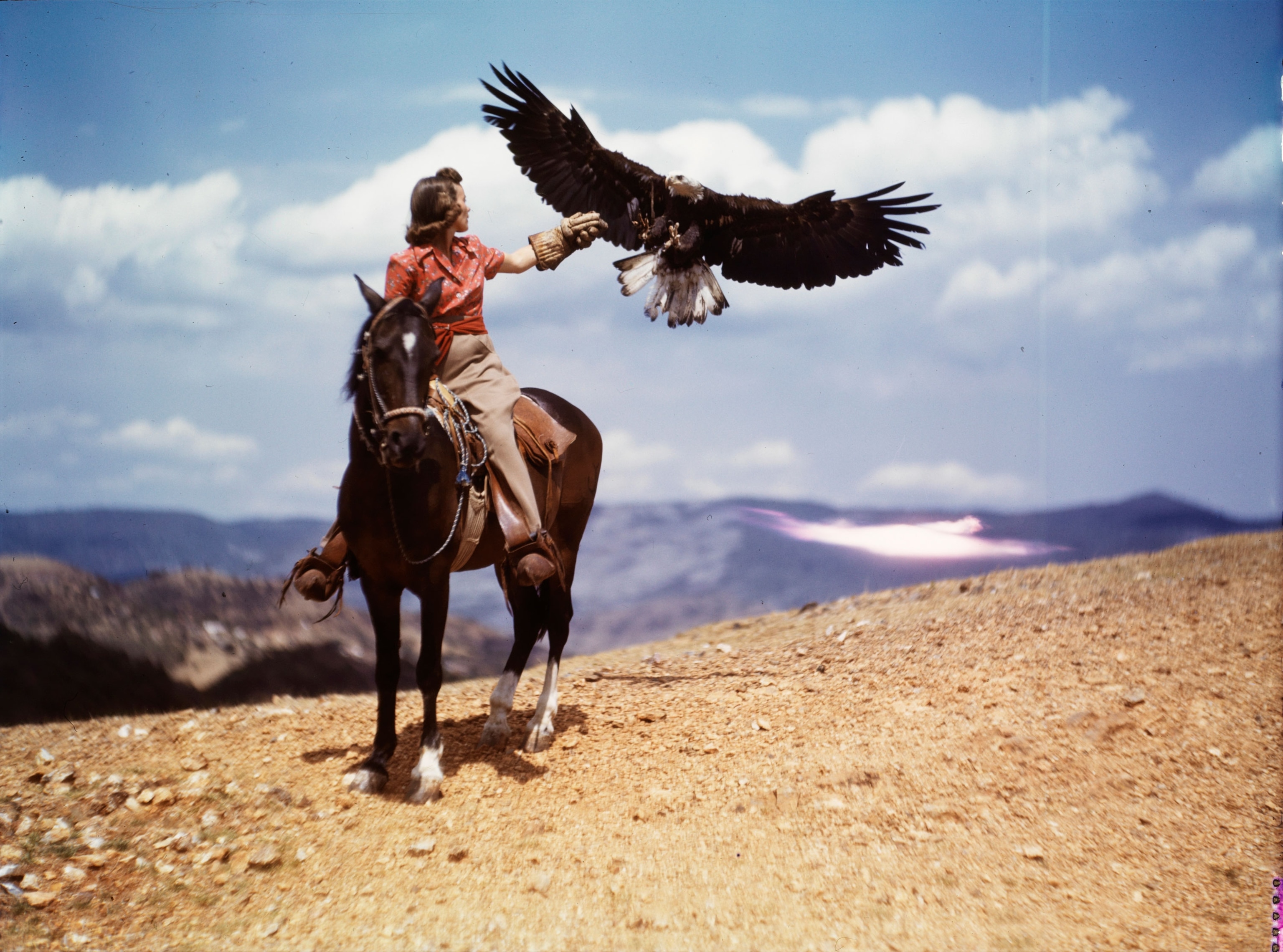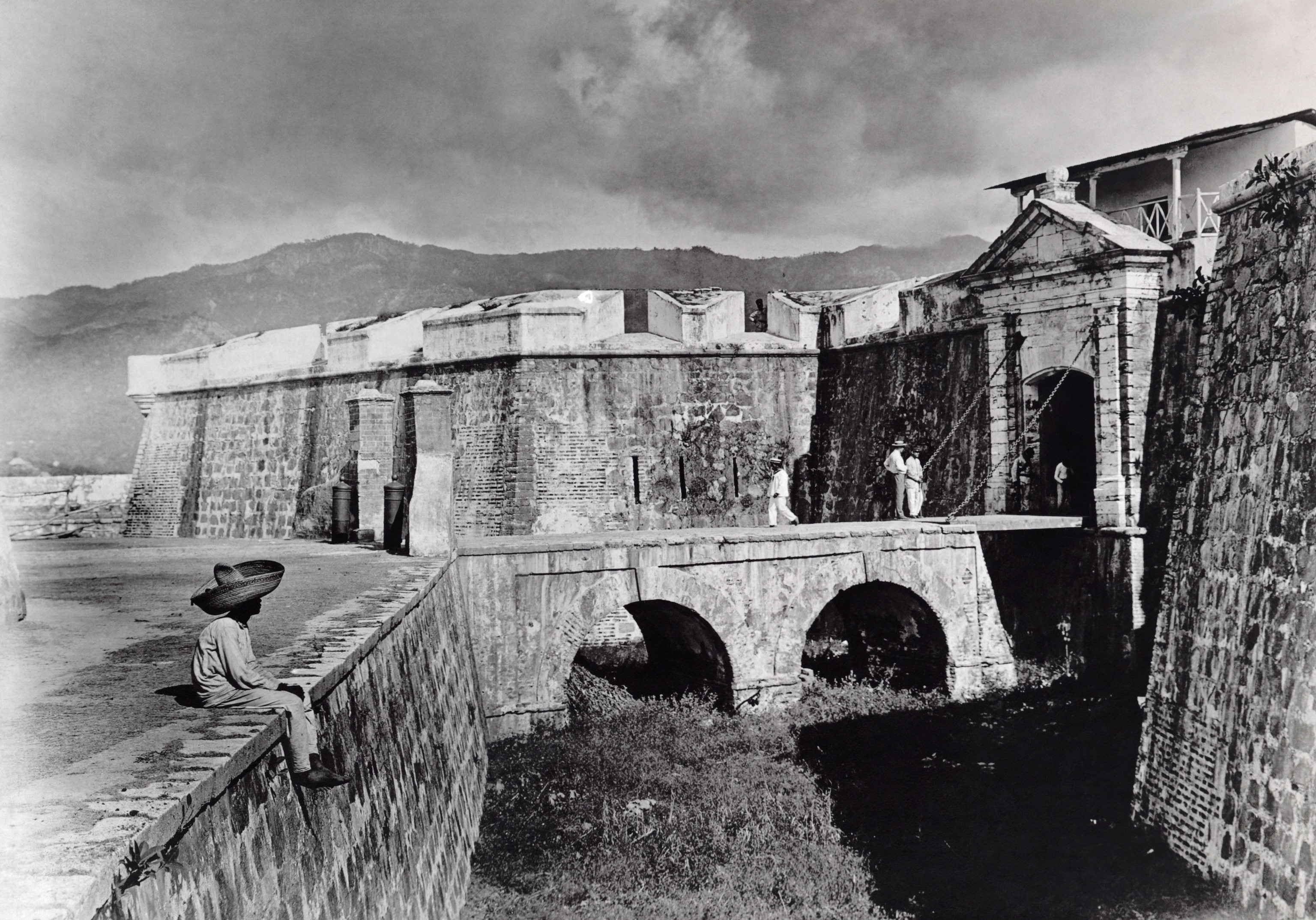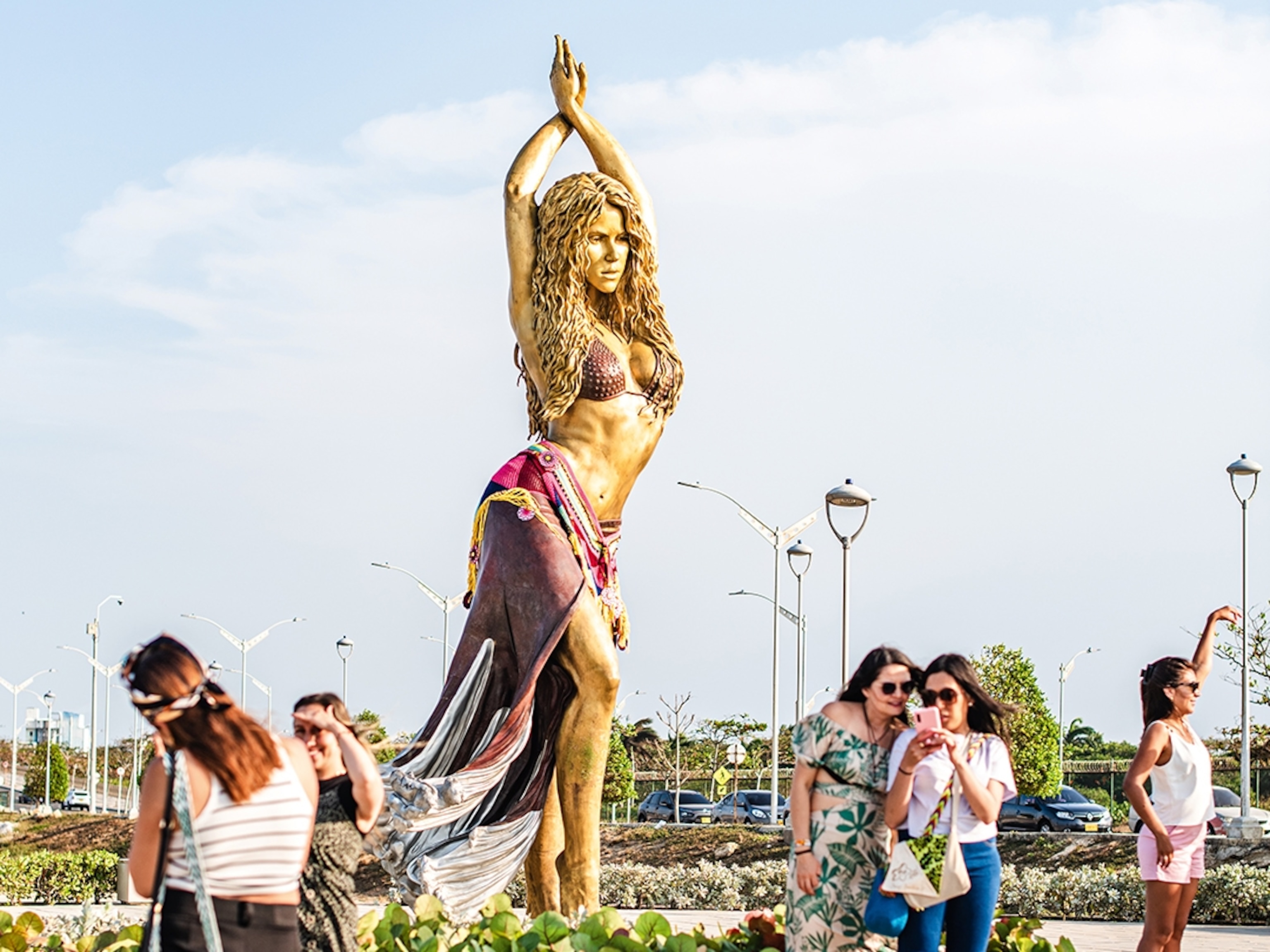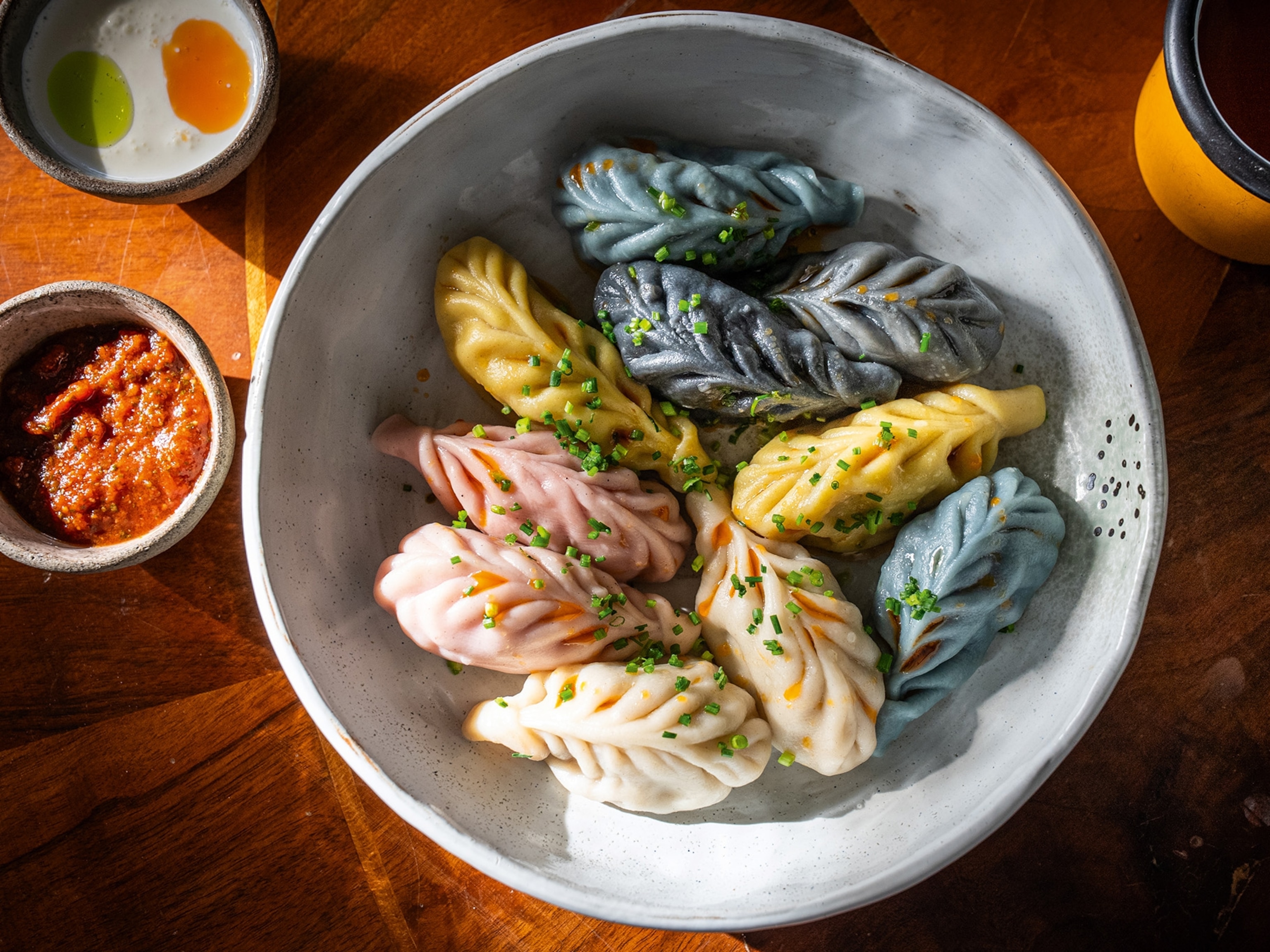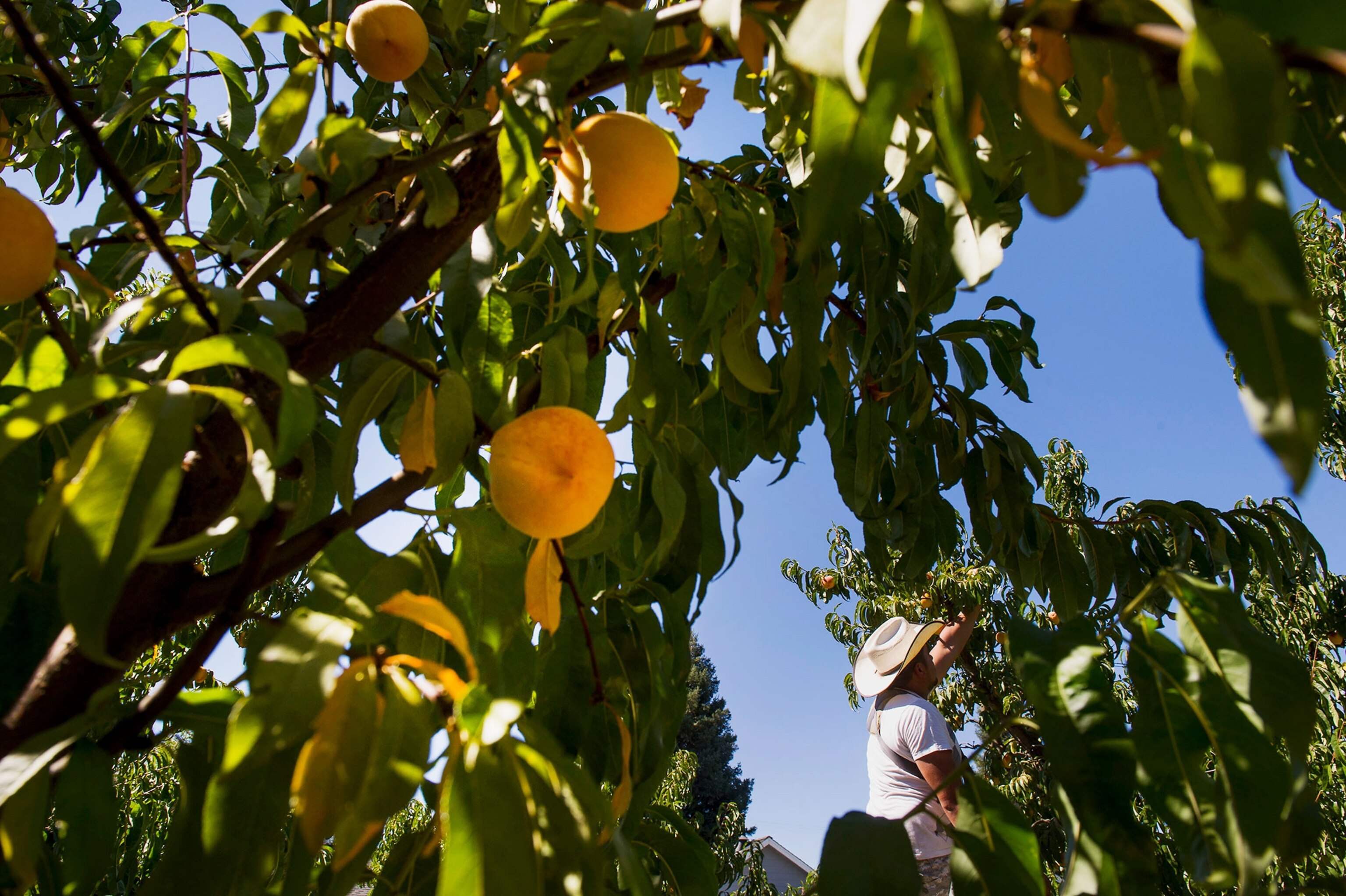
How an Obsession with Fruit Took Me on the Adventure of a Lifetime
It started with a farmer, a market, and a peach—and led me around the world.
There was a man yelling, loud and excited, and I realized he was yelling at me. To walk the rows at the Davis Farmers Market in California’s Central Valley is to come face to face with some of the highest quality fruit on the planet and the experts who grow it. I was 18, in college, and this man, a farmer named Steve, was demanding I try his peaches.
About a year later my roommate delicately observed that I might be addicted to fruit. I’d regularly come home from Steve’s farm with dozens of pounds of peaches, cherries, and apples. I’d pick, prune, and chase birds away, and I was paid in fructose. He offered me a full-time job with the promise to drive a truck and hawk fruit at Northern California farmers’ markets, plus—it was implied—all the fruit I could eat. But I turned him down. I wanted to be a news reporter for a year, and I told him I’d be right back.
So it was rather predictable that I’d eventually come across David Fairchild, a man who had successfully made fruit his job. I read in an old book that Fairchild, a late 19th-century food spy, traveled the world to find exotic crops that didn’t exist in the U.S. He was the man who brought America its first official avocados, kale, and mangoes, and he helped to procure the famous cherry blossom trees in Washington, D.C. At gatherings, I’d rattle off Fairchild’s greatest hits, and almost every time a friend would say, “Gosh, it never dawned on me that someone brought those things here.”
For three years I followed Fairchild’s unprecedented travels. I combed his botanical memos, his diaries, his travel manifests. I visited his grandchildren in Nova Scotia who showed me a file folder marked PERSONAL. “We don’t think it’d be appropriate to share these letters,” one of his granddaughters said. But eventually they did. And I sat up all night reading the century-old love letters of a man who probably never would have written them if he knew a stranger would put them in a book.
People of the 19th century rarely left their hometown, let alone traveled around their country. Fairchild traveled farther than most people alive ever had. One of the first places he went to was Java, clear across the world, to see the teeming palms and strange fruits of the tropics. He sailed to Fiji, the so-called Cannibal Islands, and drank mouth-numbing kava with men who had eaten human flesh. In Chile, he picked up a peculiar fruit known as an alligator pear, its insides green and smooth. More than a century later, the alligator pear is now simply the avocado, a fruit with its own fan club and hipster store in Brooklyn. (Learn how to travel like a 1900s adventurer.)
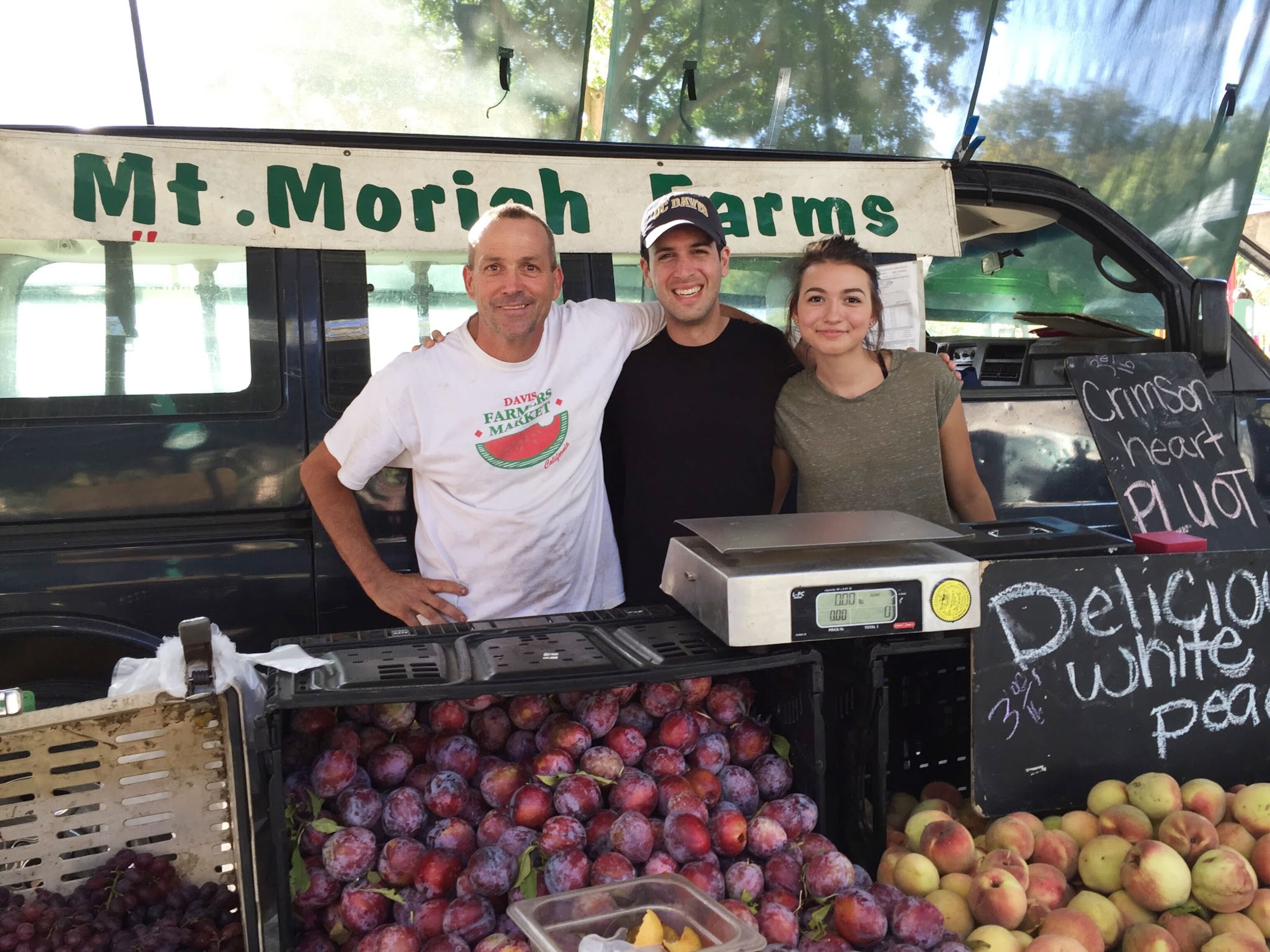
Fairchild’s life was one of unimaginable adventure. He bargained for plants with Egyptian royalty, and charmed Bavarian hops growers, a normally suspicious bunch, who posted guards to protect their fields. He witnessed death, outran diseases, and got arrested for espionage. In all, he traveled to more than 50 countries—all overland or by boat. Along the way, he picked up luxury cotton in Egypt, tiny pineapples in South Africa, watermelons in Argentina, and cashew trees in the Middle East. After each tour, he’d make his way back to American shores on a slow and creaky steamship, hoping the entire way that he’d arrive before the seeds or cuttings dried out.
- National Geographic Expeditions
Often, while I’m writing a news article or reading a book, I stare out the window and wonder how my life would be different if I were a bit more like Fairchild. If instead of writing about fruit, I was growing it, and making novel fruits such as mangosteens, durians, and dragonfruit more accessible to more people.
Steve, my farmer friend, calls sometimes to say the job is still open, that he’s got a truck idling for me. Last summer, I went to spend a couple days on the farm, my annual pilgrimage to get some dirt under my fingernails. Before I left, Steve asked if, just this once, I could haul about 800 pounds of peaches a few hundred miles to a market. We loaded up my car and I set off. Even as my little Mazda shook with exhaustion, I just smiled, chucking pits out the window the whole way.






















